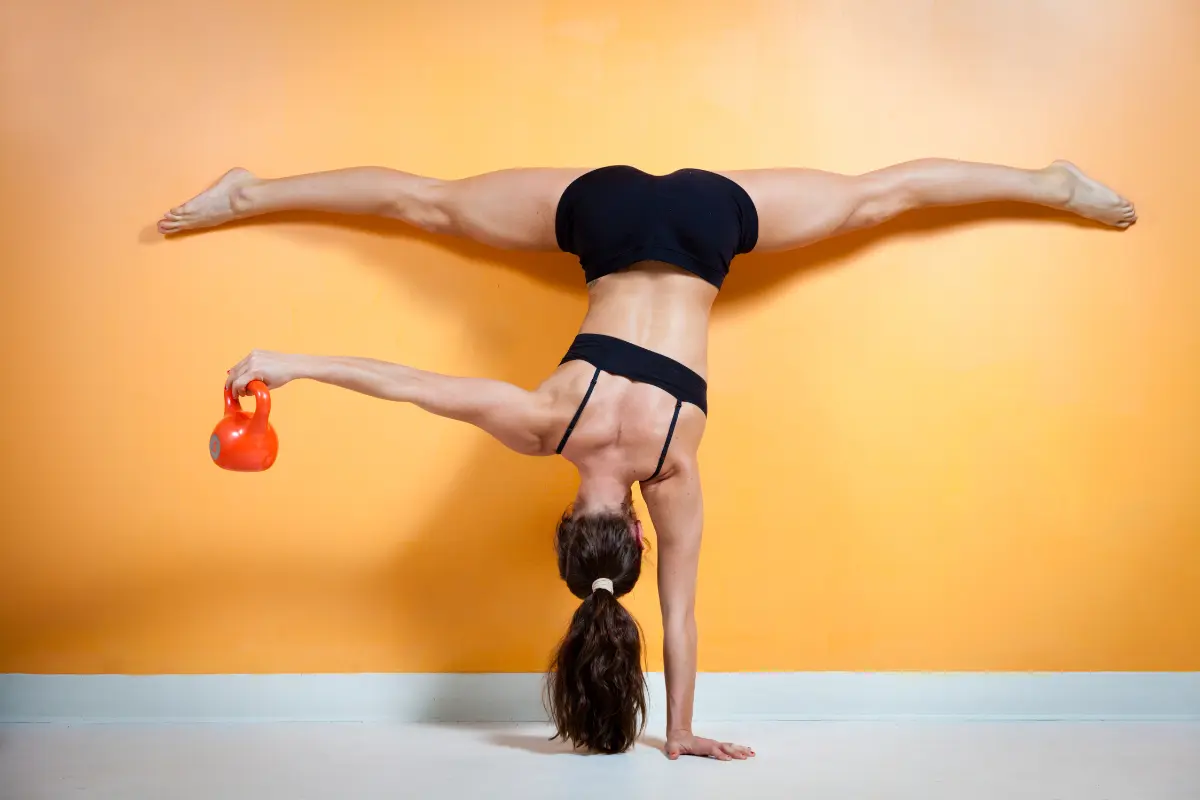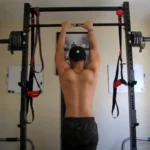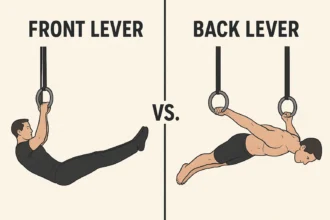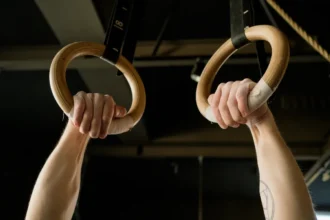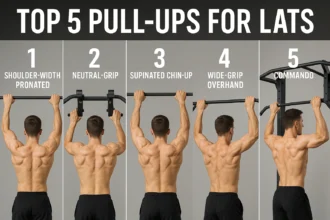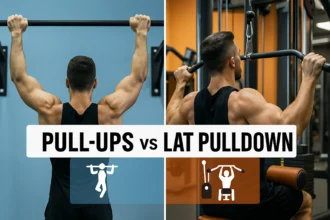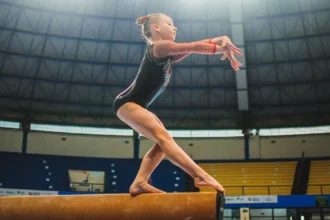Gymnastics training is distinct from typical fitness routines because it combines strength, flexibility, endurance, and skill training. Gymnasts build their impressive physiques through a mix of specialized exercises and skill practice, with much of their strength being a side effect of mastering techniques.
Based on the insights from experienced gymnasts, you can craft a program that emulates their training style and targets your goals, such as learning skills like handstands, front levers, and back levers, while gaining strength and muscle. Here’s a breakdown of how to structure your gymnastics-inspired program.
1. Focus on Skills and Techniques First
- Gymnastics is highly skill-oriented, and learning the correct technique is often more critical than just building strength. For example, you can learn a handstand without much additional strength, but mastering the technique can expedite your progress. Focus on doing drills specific to each skill, as the strength will naturally develop through repetition and practice.
Key skills to work on:
- Handstand
- Front lever
- Back lever
Drills for each skill:
- Handstand: Practice wall handstands, gradually moving away from the wall to build balance. Once stable, work on freestanding handstands.
- Front lever: Start with tuck lever holds and progressively extend your body as your core and back muscles strengthen.
- Back lever: Similar to the front lever, begin with tucked holds, and extend your legs over time.
2. Structure Training Sessions Around Skills and Strength
Gymnastics training sessions typically combine both skill and strength training. Here’s a structure you can follow:
Each session:
- 1-1.5 hours of skill training
- 1-1.5 hours of strength training
Most of your strength gains will come from practicing skills. For example, attempting a shoot on rings requires a kipping muscle-up and moving into a handstand, which builds functional strength in your upper body and core.
3. Warm-Up and Stretching
A proper warm-up is essential for gymnasts to prevent injury and prepare their bodies for demanding exercises. Here’s a typical warm-up:
- Cardio: 5-10 minutes of light cardio such as jogging or jump roping.
- Dynamic stretching: Focus on mobility and full-body movements to loosen up the joints. This prepares you for the static stretches that follow.
- Static stretching: Emphasize flexibility, as this is crucial for gymnastics skills. Hold stretches like splits and shoulder stretches for 20-30 seconds each. Flexibility is vital for skills like handstands and swings on the rings.
4. Strength Training
Gymnastics strength training isn’t about targeting individual muscle groups like in bodybuilding. Instead, it focuses on functional, compound exercises that build the specific strength required for gymnastics skills.
Example strength exercises:
- 6 muscle-ups
- 10 chin-up pull-overs
- Rope climbs
- V-sit rolls
- Planche leans
Gymnasts often incorporate strength-building movements directly into their skill practice. For instance, during ring training, they may perform a muscle-up or press to a handstand multiple times as part of a skill drill, which doubles as strength training.
5. Training Frequency and Duration
Most gymnasts train for 3-4 hours a day, 5 days a week, with about 30 minutes to 1 hour dedicated to strength training during each session. The rest is spent practicing skills and developing flexibility.
Your program:
- 5 days per week: Each session should last about 2-3 hours. Spend the first half on skill training, followed by strength exercises.
- If you’re just starting, aim for shorter sessions (1-1.5 hours) and gradually increase the duration as your body adapts.
6. Training Splits
Gymnastics doesn’t follow traditional workout splits like upper/lower or push/pull. Instead, it tends to be full-body, with exercises involving multiple muscle groups simultaneously. However, some gyms may focus on specific events (e.g., rings, bars, floor) each day, allowing for a form of natural splitting in the routine.
Suggested split for beginners:
- Day 1: Handstands, ring training, and core strength
- Day 2: Back lever, front lever, and general upper-body conditioning
- Day 3: Flexibility and skill-based training (focus on splits, shoulder mobility)
- Day 4: Full-body strength workout with gymnastics movements (rope climbs, muscle-ups)
- Day 5: Active recovery (light cardio, mobility work, stretching)
7. Rest Periods and Fatigue
Unlike typical strength training routines that often prescribe fixed rest intervals, gymnastics training can vary depending on the activity. For example, rest periods may be longer during skill-based activities, as you’ll want to avoid training to failure and focus on technique. In contrast, strength circuits may involve shorter rest periods to build endurance.
General guideline:
- Rest between sets: 1-2 minutes for strength work
- Rest between skill attempts: Longer if technique falters (2-3 minutes), shorter if maintaining form (30 seconds to 1 minute)
8. Progressive Overload
Gymnasts typically achieve progressive overload through skill progression rather than traditional weightlifting. For example, as you get stronger, you can move from tuck levers to full levers or from handstands against the wall to freestanding handstands.
Increase difficulty by:
- Adding time to holds (e.g., holding a front lever for 5 seconds, then increasing to 10 seconds)
- Moving to more advanced progressions (e.g., straddle to full back lever)
- Incorporating additional drills or variations to challenge your body further
9. Flexibility Training
Flexibility is a crucial aspect of gymnastics, especially for skills like splits and shoulder positions in handstands. Dedicate time at the end of each session for focused stretching to increase your flexibility, just as gymnasts do.
Stretching routine:
- Spend 15-20 minutes after each workout focusing on flexibility in key areas (hamstrings, hip flexors, shoulders).
- Incorporate both dynamic and static stretches to improve your range of motion.
10. Consistency Is Key
Gymnastics requires dedication and consistency. Many gymnasts train for years to develop their skills and strength, and the journey to mastering these skills takes time. Stay patient, and track your progress in both strength and skill acquisition.
Conclusion
Training like a gymnast isn’t just about replicating exercises—it’s about transforming how you approach fitness. Gymnasts don’t just aim to get stronger or more flexible; they focus on mastering their bodies by combining control, grace, and power in every move. This is what makes gymnastics training different from typical workouts.
While you’ll get stronger and more flexible along the way, the real change will be in how you understand movement, control, and the potential of your body.


